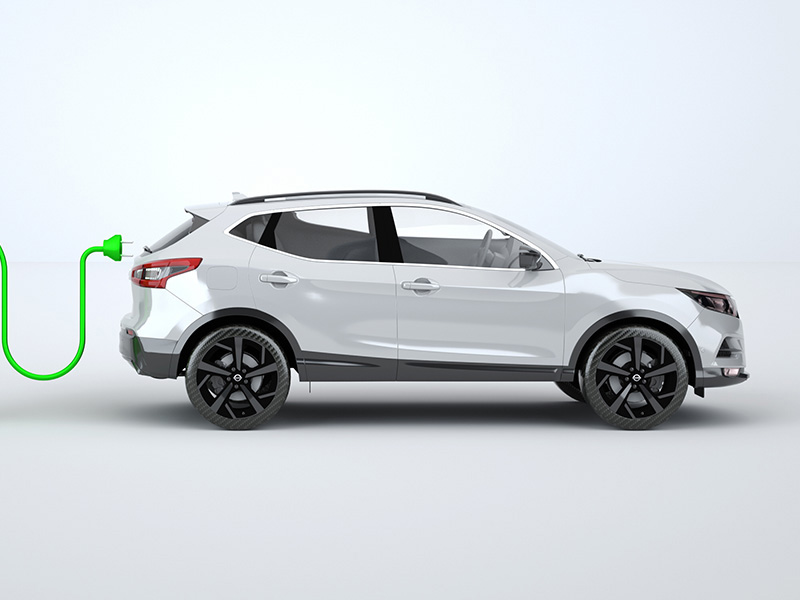From smartphones and electric vehicles (EVs) to EV charging stations and telecom centers, power management has increasingly become a key factor in enabling the electronics we use every day. Until recent years, high-efficiency power management often took a back seat to other design considerations. But that has changed. Over the last five to 10 years, considerations such as extending battery life while reducing application size, making systems safer, and meeting consumer expectations for more reliable and lower-cost systems that charge faster have intensified the focus on solving key power-design challenges.

Power density: achieve more power in smaller spaces
From smartphones and electric vehicles (EVs) to EV charging stations and telecom centers, power management has increasingly become a key factor in enabling the electronics we use every day. Until recent years, high-efficiency power management often took a back seat to other design considerations. But that has changed. Over the last five to 10 years, considerations such as extending battery life while reducing application size, making systems safer, and meeting consumer expectations for more reliable and lower-cost systems that charge faster have intensified the focus on solving key power-design challenges.
Power density: achieve more power in smaller spaces
From smartphones and electric vehicles (EVs) to EV charging stations and telecom centers, power management has increasingly become a key factor in enabling the electronics we use every day. Until recent years, high-efficiency power management often took a back seat to other design considerations. But that has changed. Over the last five to 10 years, considerations such as extending battery life while reducing application size, making systems safer, and meeting consumer expectations for more reliable and lower-cost systems that charge faster have intensified the focus on solving key power-design challenges.
Low EMI: lower system costs and quickly meet EMI standards
Reducing electromagnetic interference (EMI) – an undesirable byproduct of switching currents and voltages – is increasingly important for electronic systems, especially in automotive and industrial applications. Designing for low EMI can reduce passive filter size, cost, design time and complexity. Power semiconductors such as our family of synchronous DC/DC buck controllers enable engineers to shrink the size of the power-supply solution and lower its EMI. With the LM25149-Q1 and LM25149, engineers can cut the area of the external EMI filter in half, lower the conducted EMI of the power design, or achieve a combination of reduced filter size and low EMI. Our LMQ66430-Q1 buck converter enables engineers to easily meet industry standards by integrating critical bypass capacitors and a boot capacitor. Devices from our company are easy to use, enabling designers to complete their designs faster, with smaller filters and meet industry standards.
Isolation: increase safety
Isolation matters in a world where humans and machines interact continuously. Isolation – a barrier that provides protection while enabling the exchange of signals and/or power – is critical for the reliable and safe operation of high-voltage systems. For example, an isolated DC/DC bias-supply module such as our high-density UCC14240-Q1 can be used in an EV traction inverter to power gate drivers while still maintaining isolation between the high-voltage domain and the car chassis. Isolation technologies from our company can improve system reliability, reduce form factors and simplify EMI compliance for our customers.
Power density: achieve more power in smaller spaces
From smartphones and electric vehicles (EVs) to EV charging stations and telecom centers, power management has increasingly become a key factor in enabling the electronics we use every day. Until recent years, high-efficiency power management often took a back seat to other design considerations. But that has changed. Over the last five to 10 years, considerations such as extending battery life while reducing application size, making systems safer, and meeting consumer expectations for more reliable and lower-cost systems that charge faster have intensified the focus on solving key power-design challenges.
Our company is at the forefront of power innovation and has a laser focus on helping our customers improve their performance in these key areas. Improvements in process, packaging and circuit design are giving circuit designers the tools to make electronics more efficient, more affordable and our world greener.
Post time: Apr-26-2022

